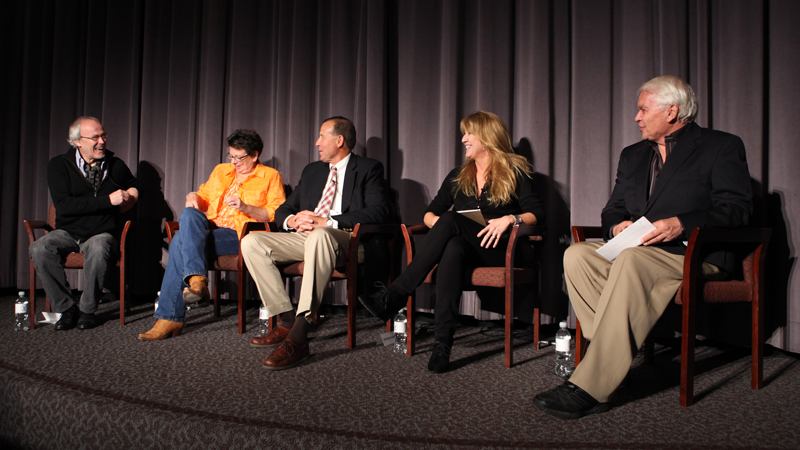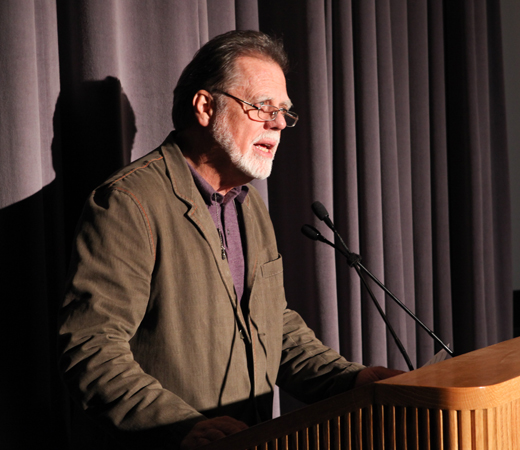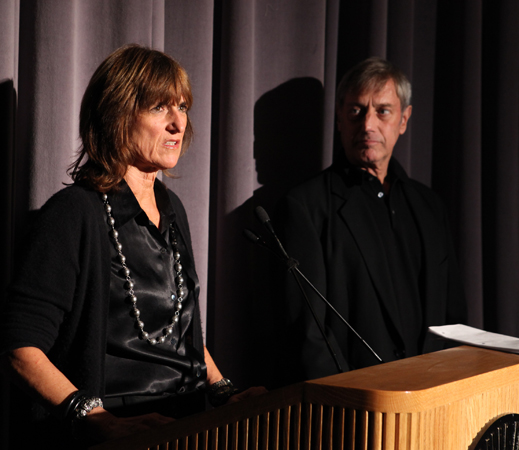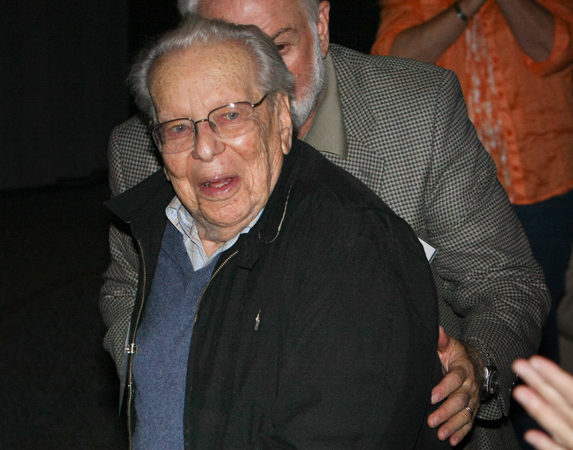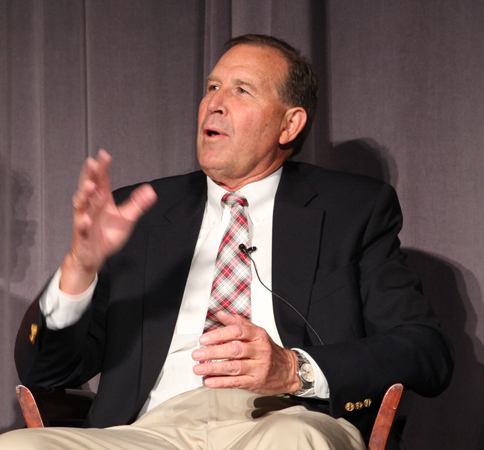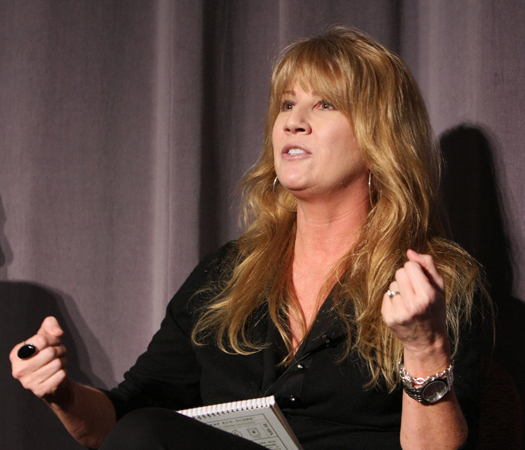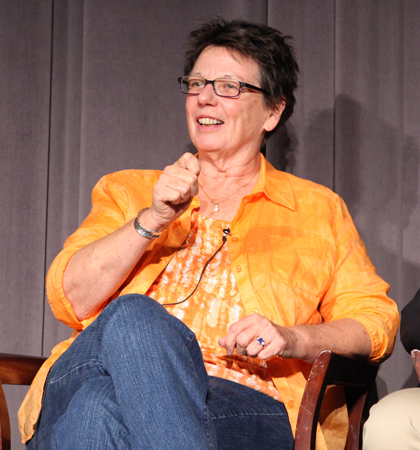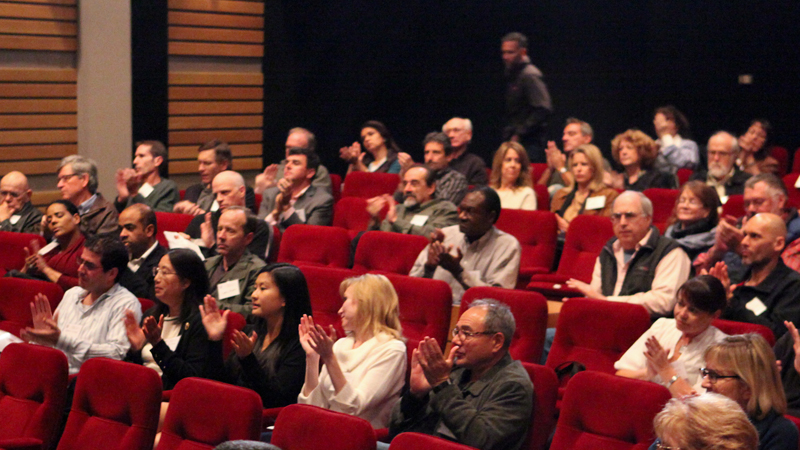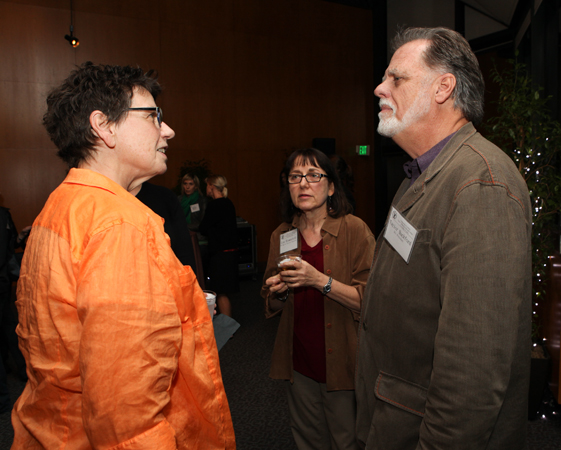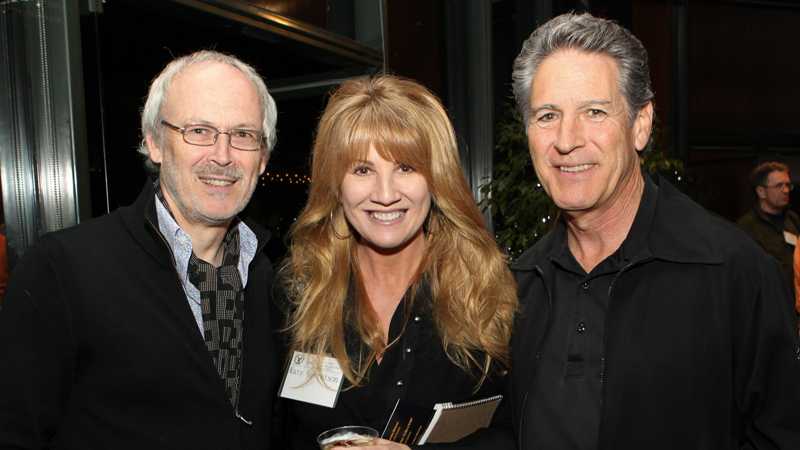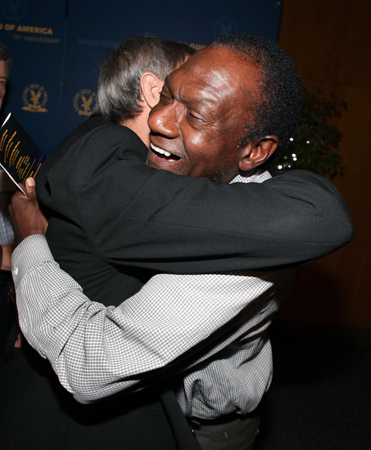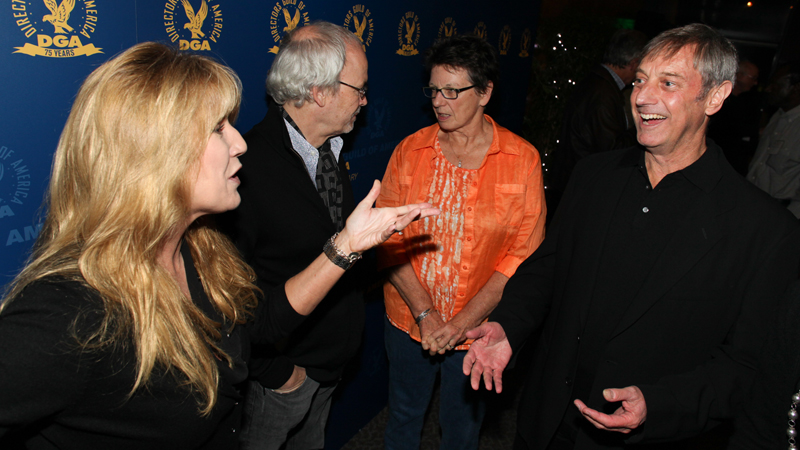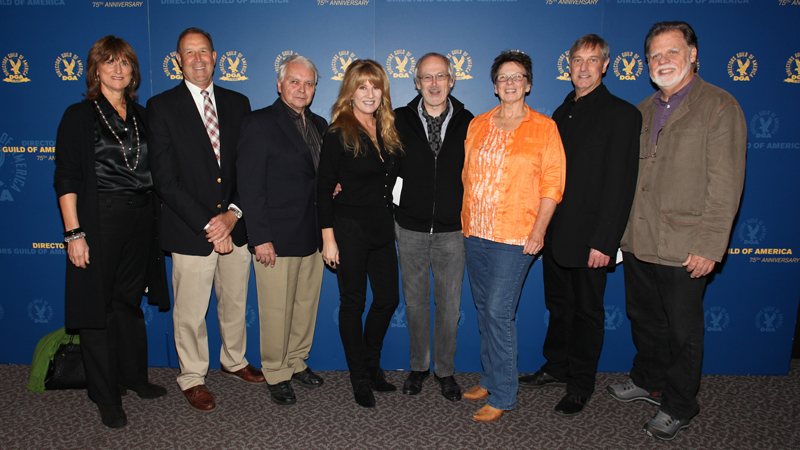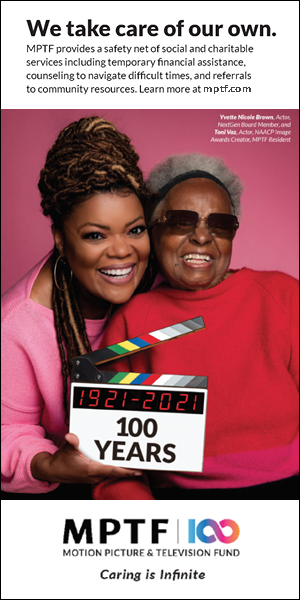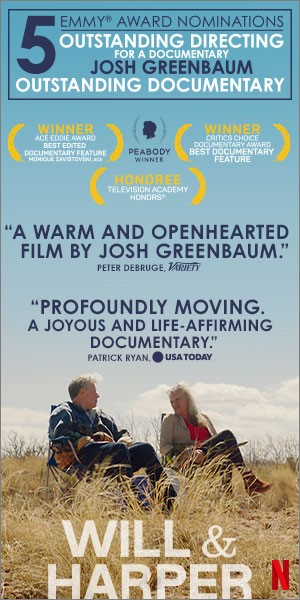Still photos by Howard Wise
On November 17, the 75th Anniversary Committee and the AD/UPM Council West presented Leadership in Action: Game-Changing ADs and UPMs, a celebration of the Assistant Directors and Unit Production Managers whose unique skills balance the creative vision of the Director with the complex realities of production. Moderated by UPM Pieter Jan Brugge (Love and Other Drugs), the panel discussion featured some of the most respected names in the game: Katy Garretson (Frasier) Duncan Henderson (Master and Commander), Sharon Mann (Titanic) and Jerry Ziesmer (Apocalypse Now).
DGA President Taylor Hackford, fittingly, introduced the Guild's 75th Anniversary penultimate event as ‘the Abby Singer’ in his welcome to the audience in the DGA Headquarters Los Angeles Theater. Acknowledging the crucial role that ADs and UPM play he said, “I can assure you that a crack directorial team is among the most important elements of making any film a success.”
Council Chair Marie Cantin and Council member Alan B. Curtiss paid tribute to legendary UPM Abby Singer, who was the evening’s very special guest. Curtiss stated that all the evening’s panelists strove to follow in Singer’s footsteps, both by their leadership in the workplace and their service to the Guild.
Kicking off the discussion, Brugge asked the panelists to share how they got their start in the industry.
Henderson, who began his career as a DGA Trainee and is now a member of the DGA National Board, said he had no background in the business. “I had no connections. I had a business degree and I was working as a stock broker.” To the audience’s amusement, he admitted the reason he wanted a career change was because he “wanted to do something a little bit more exciting.” He recalled how his start as DGA Trainee in television was instrumental to his career. “You learn enormous discipline that you take with you for the rest of your career. When I worked on The Perfect Storm and we had to shoot four pages in one day and some said we couldn’t do it. I said, ‘Well ER is shooting on the other side of the lot and they’re going to shoot four pages before lunch.’”
Garretson also began as a DGA Trainee and vividly remembers having only been an AD for 30 days when she literally ran into Singer on the Universal lot. “He said. ‘Hey kid, we voted you into the Guild last night!’ I will never forget that moment. That was the first time I realized I had joined a new family.”
Asked to talk about the obstacles she encountered in trying to advance her career, Mann stated that her struggles were with sexism. “I had been on really large pictures as a 2nd AD,” said Mann, “and when I was trying to transition I could not get an interview on a big picture. So I started my 1st AD career in television. It was great but not the career I had envisioned.” It was in fact Henderson who helped her get a meeting with Hollywood Pictures, which sent her career soaring.
Throughout the course of the evening, Brugge screened a series of clips which featuring some iconic moments from the panelists’ body work, and elicited insights into the nuts and bolts behind making movie magic.
Ziesmer, who selected the Napalm scene from Apocalypse Now, regaled the audience with his colorful, larger-than-life account of working with Coppola on location in the Philippines. Upon arrival he found himself having to deal with an entire crew playing volleyball because the required helicopters for the scene had not arrived. Ziesmer said to Coppola, “’Here’s an idea, Francis: let’s film something else…’ And Apocalypse Now began.” Asked by Brugge how they pulled off scenes of warfare in the days before CGI, Ziesmer explained, “Everyone had to know exactly where those bombs were planted and then you had to take the extras and tell them, basically, ‘Don’t walk here, baby.’”
Garretson chose a scene from the film Clifford which she felt was highly instrumental in her career as it highlighted one of the AD duties of setting background. “I do believe that what we do is art,” said Garretson, “and if it’s not, it can be and it should be. As a 2nd AD I was able to get really creative with the background on this project. There’s this stigma of ADs being the ‘technical’ people, but even as a 1st AD on Frasier, I would still work with the background talent because I really love the interaction and that creative aspect of the job.”
“The role of a UPM and the AD is to keep people safe,” said Mann who, exemplifying what it means to “think like an AD,” went to great lengths to keep the Titanic background talent safe. Recruited on to the film by Henderson, who was studio executive at the time, Mann went so far as to volunteer to experiment with medical experts to find out how long she could stay in 55 degree water before slipping into hypothermia. “What made me a good UPM is the fact I’d been an AD. I knew the point of the whole thing is the Director’s vision.”
Henderson agreed. ”You’re the chameleon. You’re the one that changes to service what the Director needs. You’re both trying to make the best picture that you can.”
Brugge closed the evening noting that although a film is the reflection of the Director’s vision, the gifted and talented ADs and UPMs “create the space for the actors who, ultimately, the audience comes to see.”
